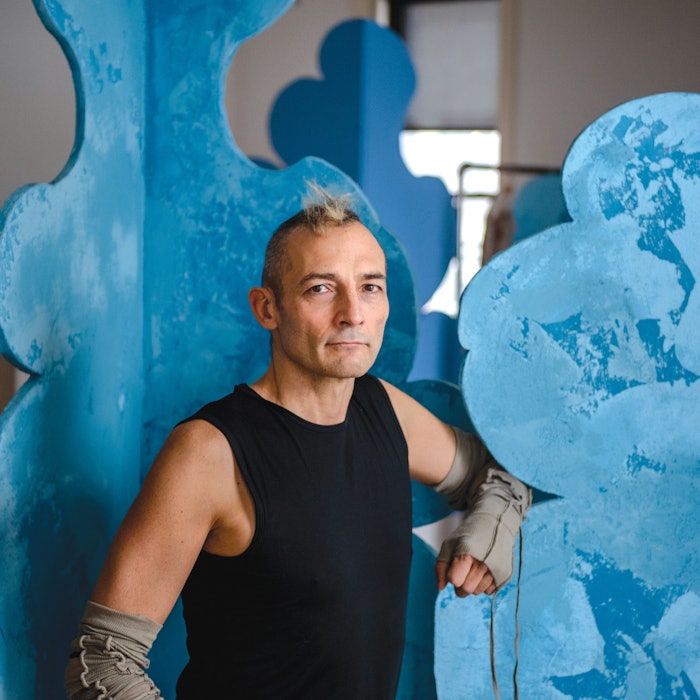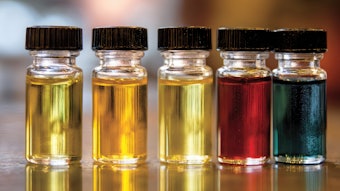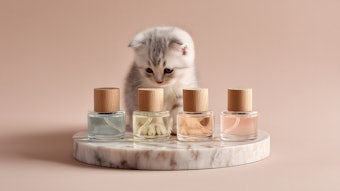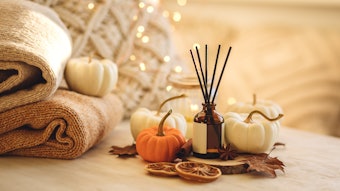
When Perfumer & Flavorist+ asked me to write a column on a specific ingredient, I decided to pick one of those ingredients that I call “perfume-formula-changing.” My theory is that some ingredients can redirect suddenly, even at small levels, an entire fragrance from one family to another. Among those ingredients, I count vanillin, damascenone, phenyl ethyl alcohol (PEA), patchouli alongside a few select others. (Linalool, sandalwood as well as sandalwood molecules, albeit super interesting, do not fit into this category in my opinion.)
PEA is a little like an ape (pun intended, “APE” is the French acronym for PEA). It can play small or big tricks—it can disguise itself, or it can be right in your face. It can go from super friendly to cheeky to darkly humorous to nightmarish.
I am writing this having just applied onto my wrist a 10% alcoholic solution, made in 2019, kept at lab temperature. Smelling it above the skin, I can easily imagine a bouquet of roses. Closer to the skin, meaning more concentrated, the rosy dark green character of hyacinth becomes predominant—or lilac-like. Interestingly, when perfumer Philip Cunningham (currently a senior perfumer at Symrise) and I started our training together at P&G Newcastle-Upon-Tyne (United Kingdom), he could not part from the impression of a strong cucumber note in the ingredient. I have never perceived that, but I’ve met a few other colleagues who mentioned this strong cucumbery facet.
If you think honey, you might associate the scent with the artificial honey Pliz furniture polish or honey cough drops. Or, depending on your whereabouts, you might easily imagine a withered red wine feeling at the bottom of a glass left overnight in your living room by passed-out guests. (PEA is key in red wine.)
For the full article, please check out the Perfumer & Flavorist+ February 2022 issue.










